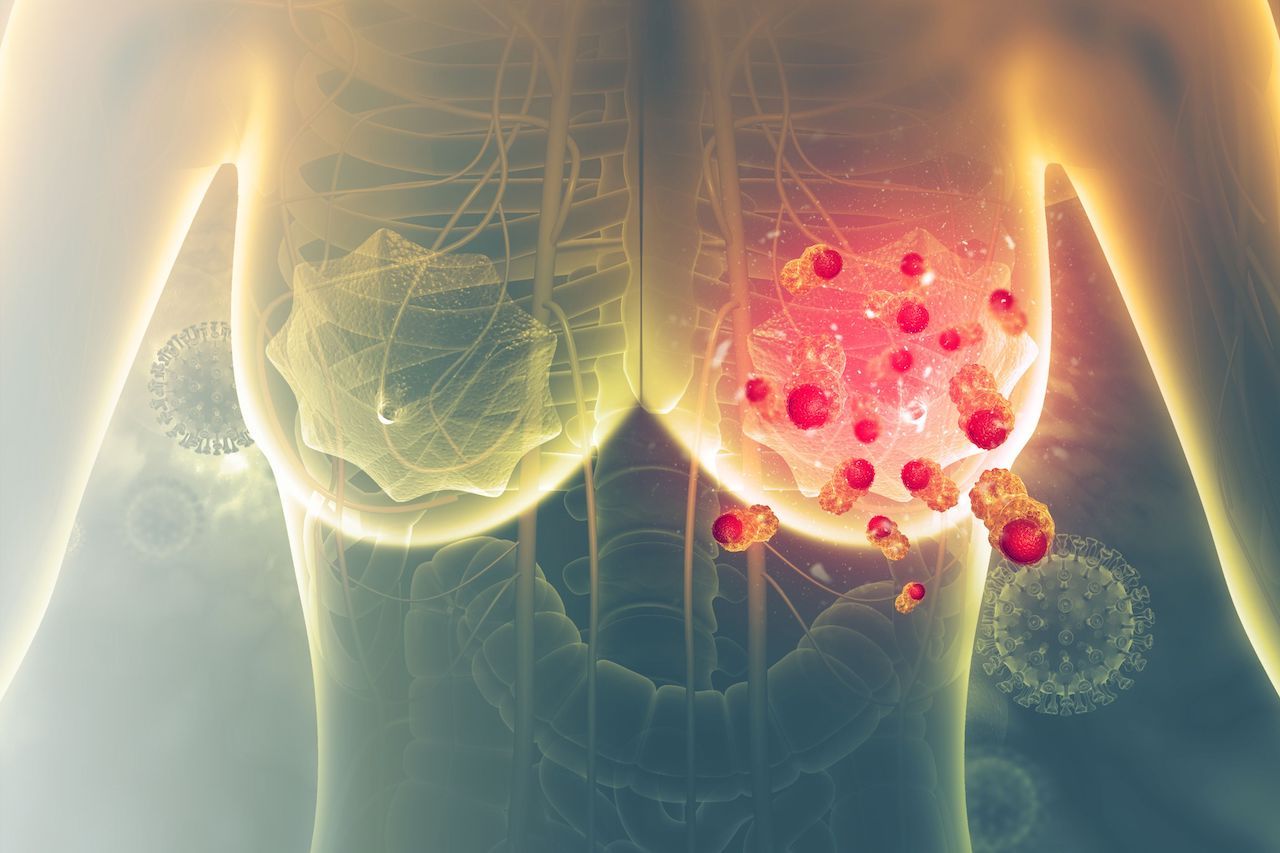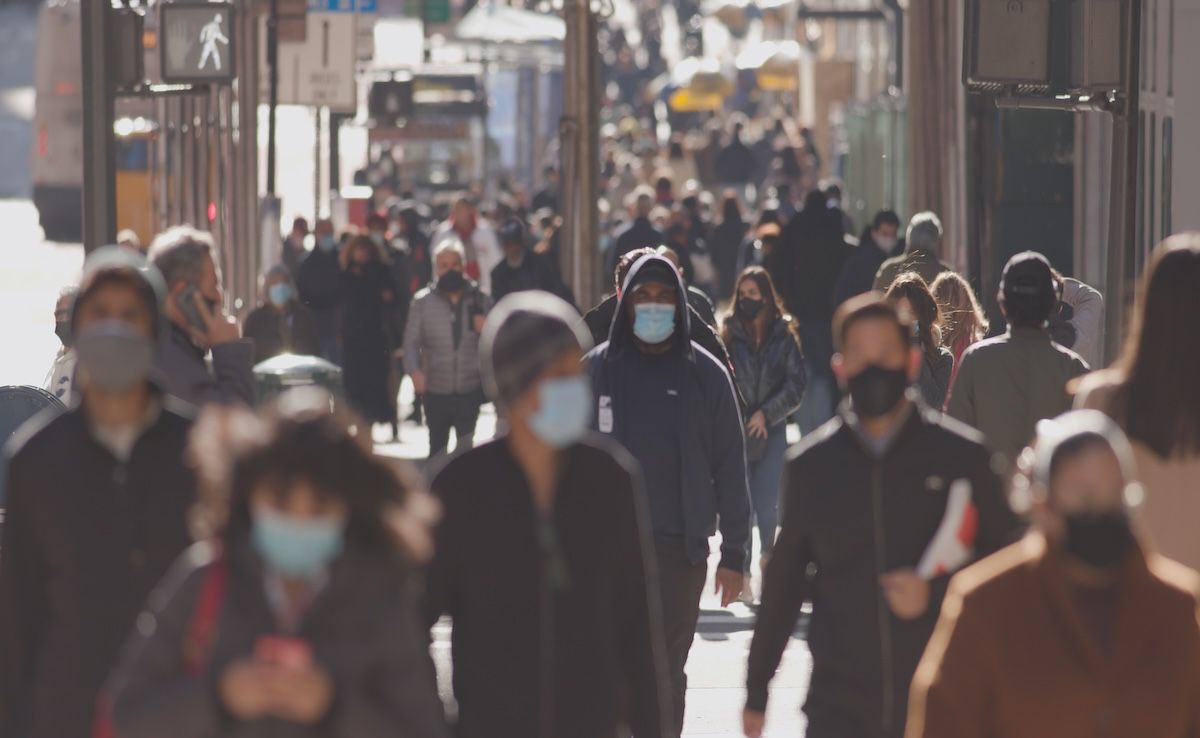News
Article
Rising Breast Cancer Rates Show Disparities Across Racial, Ethnic Groups in the US
Author(s):
Key Takeaways
- Breast cancer incidence rates are increasing, with notable disparities among Hispanic, American Indian, and Asian or Pacific Islander women.
- Triple-negative breast cancer (TNBC) incidence is rising sharply among older non-Hispanic Asian, Black, and Hispanic women.
Significant increases in breast cancer incidence were found among Hispanic, American Indian or Alaska Native, and Asian or Pacific Islander women.
Although overall incidence rates of breast cancer continue to rise annually, the increase is disproportionately higher among Hispanic, American Indian or Alaska Native, and Asian or Pacific Islander women, a new study has found.1 Additionally, distinct patterns were found in aggressive subtypes like triple-negative breast cancer (TNBC), particularly among older Hispanic, Asian, and Black women.
Significant increases in breast cancer incidence were found among Hispanic, American Indian or Alaska Native, and Asian or Pacific Islander women. | Image credit: Crystal light - stock.adobe.com

These findings highlight the need for targeted research to understand the underlying drivers of these disparities and inform public health strategies.
The cohort study is published in JAMA Network Open.
“A current gap in knowledge is how breast cancer subtype–specific incidence rates vary by race and ethnicity and age over the past decade from 2010 to 2019 and whether changes in these rates are accelerating or decelerating from what has been previously observed,” wrote the researchers of the study. “Using cancer registry data from the SEER [Surveillance, Epidemiology, and End Results] program, this study describes recent trends in the incidence rates of different breast cancer subtypes stratified by race and ethnicity and age.”
Disparities remain in breast cancer survival among different demographic groups following a diagnosis, according to one study.2 For instance, between 2015 and 2019, non-Hispanic Black women were just as likely to receive a breast cancer diagnosis but had a 40% higher chance of mortality compared with non-Hispanic White women.
In the current study, the researchers aimed to evaluate changes in breast cancer incidence rates in the US from 2010 to 2019, with a focus on differences by molecular subtype, age, and race and ethnicity.
To achieve this, the study analyzed SEER data, which included 1,123,658 women diagnosed with invasive breast cancer across 22 US cancer registries. Age-adjusted incidence rates were calculated for overall breast cancer and for the 4 major molecular subtypes, and annual percentage changes estimated. Statistical analysis was conducted between August 2023 and October 2024 to determine significant trends across different demographic groups.
The study found that overall breast cancer incidence rates increased by 0.5% per year from 2010 to 2019, with notable disparities among racial and ethnic groups. The largest annual increases were observed among non-Hispanic Asian or Pacific Islander women (2.1%), non-Hispanic American Indian or Alaska Native women (1.9%), and Hispanic women (1.4%), while smaller increases were seen among non-Hispanic Black (0.8%) and non-Hispanic White women (0.5%).
Subtype-specific analysis revealed particularly sharp increases in TNBC incidence among women 65 years and older, with rates rising by 5.5% per year among non-Hispanic Asian or Pacific Islander women, 4.3% per year among non-Hispanic Black women, and 2.3% per year among Hispanic women; rates remained unchanged among non-Hispanic White women.
The researchers noted some limitations to their findings. The analysis lacked data on key breast cancer risk factors, such as reproductive history, body mass index, and other lifestyle factors that could influence the observed trends. Additionally, race and ethnicity data were abstracted from medical records, introducing the potential for misclassification, which may vary by geographic region.
Despite these limitations, the researchers believe these findings highlight significant racial and ethnic disparities in breast cancer trends, particularly for more aggressive subtypes.
“Older Asian or Pacific Islander, Black, and Hispanic women are experiencing increases in the incidence of triple-negative breast cancer, which is more aggressive and harder to treat than other subtypes,” wrote the researchers. “Further research is needed to understand what factors are associated with these trends, and future work should continue to track how they are changing.”
References
1. Li NHY, Li CI. Incidence rate trends of breast cancer overall and by molecular subtype by race and ethnicity and age. JAMA Netw Open. 2025;8(1):e2456142. doi:10.1001/jamanetworkopen.2024.56142
2. Santoro C. Racial inequities in guideline-adherent breast cancer care and timely treatment. AJMC®. November 19, 2024. Accessed February 11. 2025. https://www.ajmc.com/view/racial-inequities-in-guideline-adherent-breast-cancer-care-and-timely-treatment





